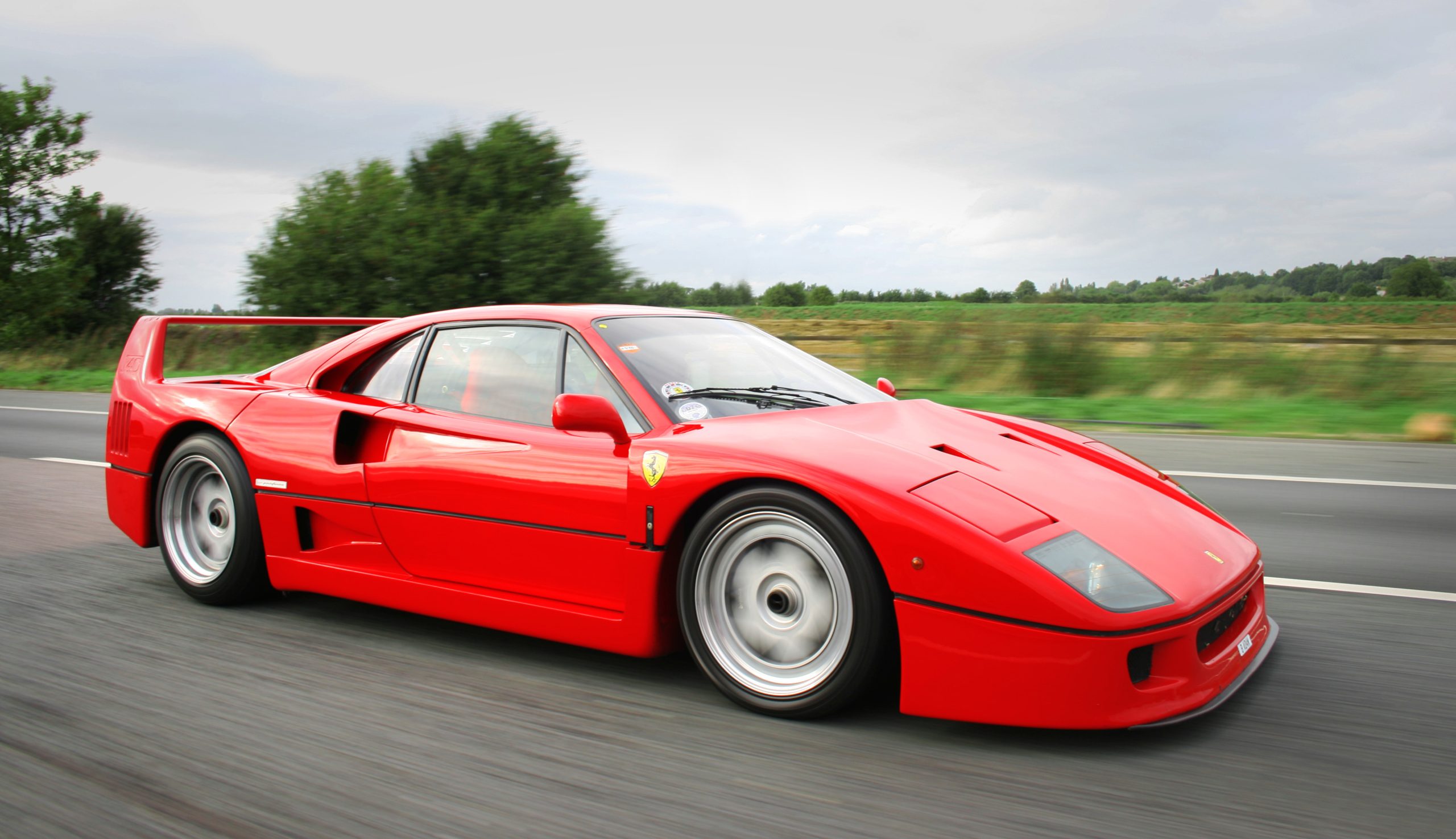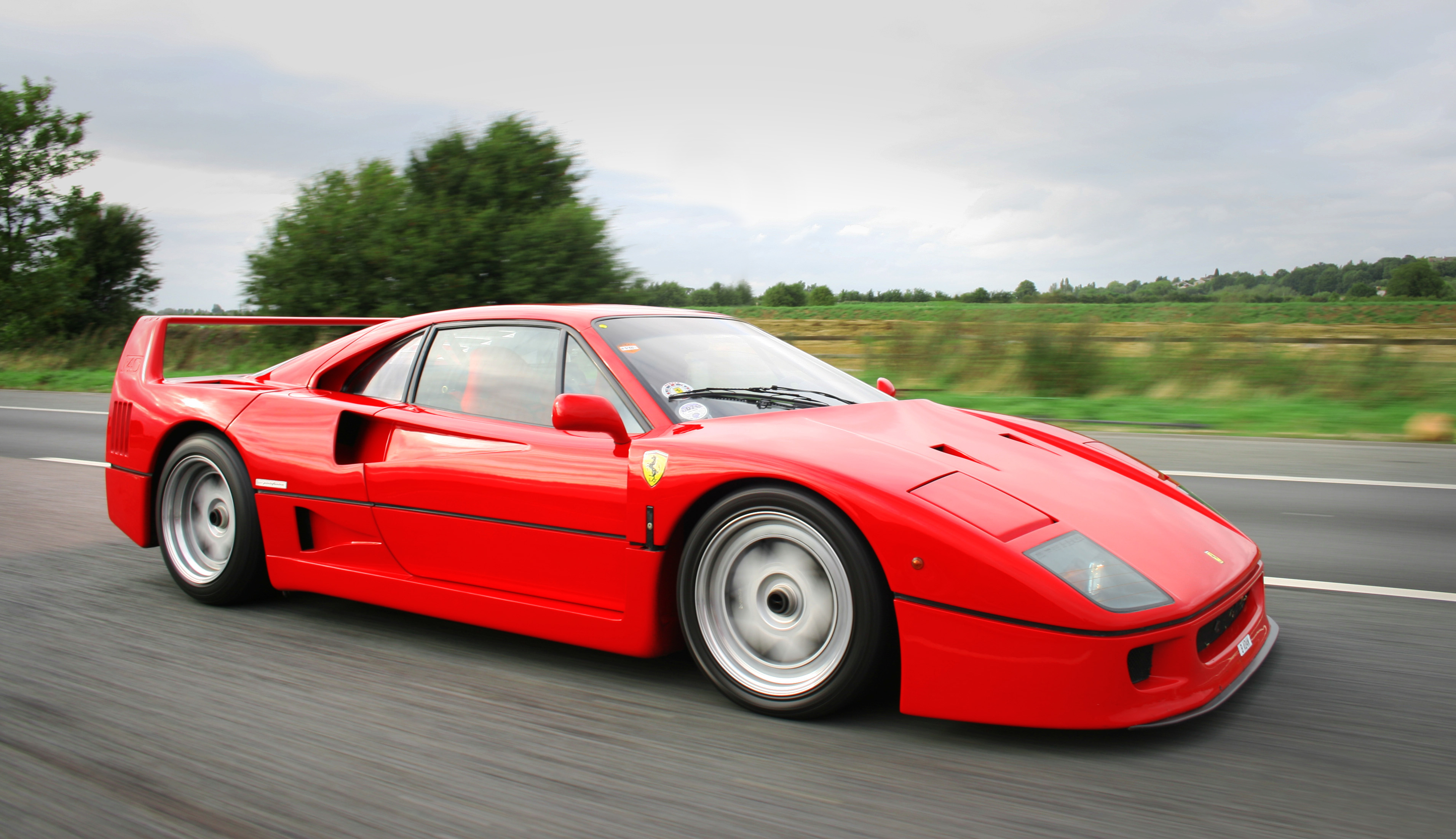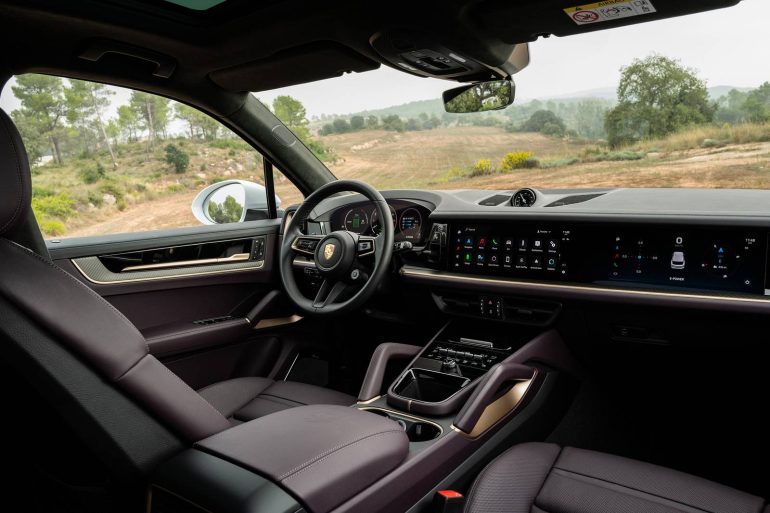The Ferrari F40 (Type F120) is a mid-engine, rear-wheel drive sports car[12] engineered by Nicola Materazzi with styling by Pininfarina. It was built from 1987 until 1992, with the LM and GTE race car versions continuing production until 1994 and 1996 respectively.[15] As the successor to the 288 GTO (also engineered by Materazzi), it was designed to celebrate Ferrari’s 40th anniversary and was the last Ferrari automobile personally approved by Enzo Ferrari.[1] At the time it was Ferrari’s fastest, most powerful, and most expensive car for sale.[16]





